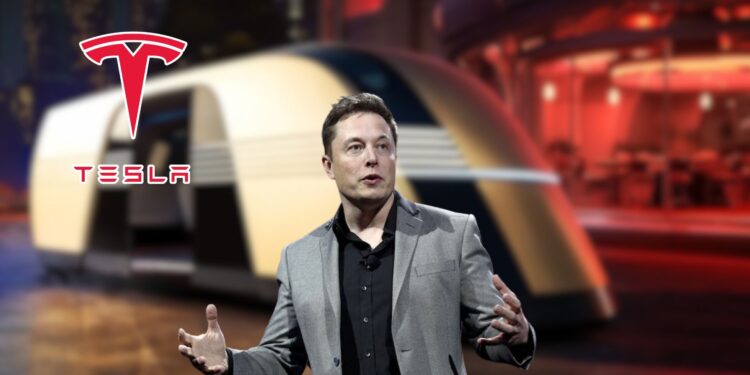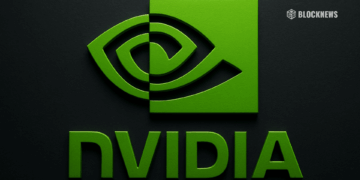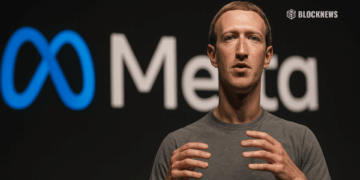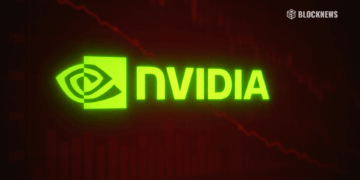- Elon Musk unveiled a prototype of Tesla’s Robovan, an electric, autonomous vehicle roughly the size of a bus designed for transporting people and goods in high-density areas.
- The Robovan has a retro-futuristic design with silver metallic sides, black details, and sliding doors, and can carry up to 20 people at a time.
- Musk did not provide details on the Robovan’s cost, production plans, or timeline, and it is unclear if the prototype shown will be the final design.
Elon Musk unveiled a prototype of Tesla’s Robovan on Thursday night during the company’s We, Robot event in Los Angeles. The electric, autonomous vehicle is designed to transport up to 20 people at a time in high density areas.
The Robovan’s Retro-Futuristic Design
The Robovan features a retro-futuristic design that looks like a cross between a bus from The Jetsons and a 1950s toaster. It has silver metallic sides with black details, strips of light running along the sides, and sliding doors in the middle. Inside are seats, standing room, and tinted windows. With no steering wheel, it’s fully autonomous.
“One of the things we want to do is change the look of the roads,” said Musk. “The future should look like the future.”
Similarities to Other Robotaxis
The Robovan is similar in purpose to robotaxis from Zoox, Cruise and WeRide, but much larger. At roughly the size of a bus, Tesla’s van is designed to move more people at once.
The Prototype Status
While Musk presented the Robovan prototype on stage, it’s unclear what the final production model will look like or when it will be available. The van shown on Thursday is only in the early stages of development.
Tesla’s Goal of 20 Million Vehicles Annually
Tesla aims to manufacture 20 million vehicles per year by 2030. To increase production that much, new facilities and production lines will need to be built to accommodate the Robovan and other future vehicles like the Cybertruck.
Timeline Remains Unclear
Musk did not provide details on when the Robovan could launch or how it would be produced. He predicted Tesla’s smaller Cybercab robotaxi would enter production in 2026 or 2027. For now, the Robovan remains an exciting prototype without a definite release plan.
Conclusion
The Robovan’s unveiling generated buzz and showed Tesla’s ambitions to lead the autonomous vehicle market. But many questions remain about how and when Tesla could viably manufacture the retro-futuristic people mover on a large scale. For now, the Robovan gives a glimpse of how Tesla envisions the future of transportation.














